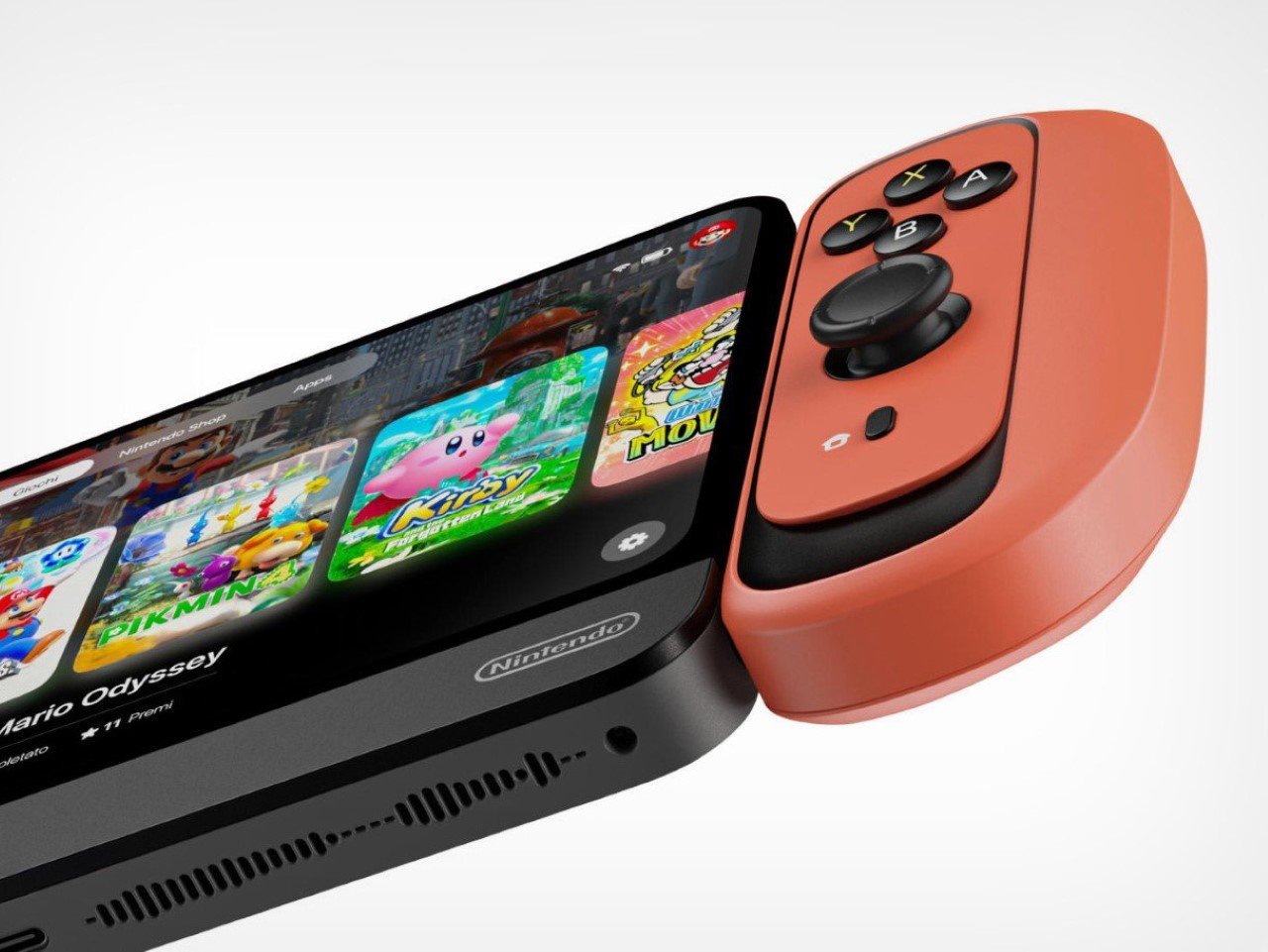BLUETTI’s Handsfree 2 Backpack might seem like an unexpected twist for a company best known for portable power stations, but it’s actually a clever next step for those who want their gear to match their sense of adventure. The company’s tagline sums it up: “Don’t just explore nature—take control of it with Bluetti’s backpack solar generators.” And honestly, that’s exactly what this thing is built to do. It’s a combination of a high-capacity power station and a rugged 60-liter backpack, designed to keep your gear charged without having to slow down.
Think of those times when you’re out in the backcountry, and every device is crucial. Your drone captures stunning aerial shots, your GPS app guides you through new trails, and your camera’s memory card fills up with breathtaking landscapes. But then, you see that low battery alert on your screen, and suddenly, your ability to capture those moments is at risk. That’s where the Handsfree 2 steps in, with a built-in 512Wh power station and a 700W inverter that keeps everything from your camera to your laptop powered up for days. And since it’s integrated directly into the backpack, it’s one less thing to juggle when you’re already navigating rough terrain.
Designer: BLUETTI
Click Here to Buy Now: Handsfree 1+PV120S solar panel $499 $629 ($130 off). | Handsfree 2+PV120S solar panel $599 $799 ($200 off). Hurry, deal ends in 48 hours!
This setup comes with five output ports—AC, USB-C, USB-A—so you can recharge multiple devices at the same time. No more carrying an extra bag just for batteries or stopping to dig through your pack for a charger. Instead, you can plug in on the go, thanks to the side-access charging port. This kind of design is all about making the outdoors easier to navigate, keeping your focus on the scenery instead of on cables and discharged batteries.
The Handsfree 2 isn’t just a power solution; it’s a capable pack in its own right. The 60-liter capacity means you can load up everything you need for a multi-day trek, and with water-resistant materials, you don’t have to stress about a little rain or mud. BLUETTI has also thought about comfort: the backpack features an ergonomic design that distributes weight evenly across your shoulders and back, making those longer hikes feel a little less grueling. Plus, the MOLLE straps and compartments mean you can customize the layout to fit your style, whether that’s packing extra clothes, camera gear, or a favorite snack stash.
If you’re a true off-grid enthusiast, the solar compatibility of the Handsfree 2 really comes into play. Pairing it with BLUETTI’s PV120S solar panel, an optional 120W foldable accessory, means you’re no longer limited by access to a wall outlet. The panel is compact and designed to work seamlessly with the Handsfree 2, making it easy to recharge the 512Wh power station directly from the sun’s energy. Just unfold the PV120 during a break, let it soak up the rays, and you’re back in business—perfect for those multi-day treks where you’re far from traditional power sources. The efficient solar charging setup helps extend your adventure without interruption, keeping essential devices like cameras, GPS units, or even your laptop powered. When you’re done, the panel folds down to a quarter of its original size, and is designed to fit right into the backpack, occupying the space of a laptop.
When you do get back to having a traditional power supply around, the Handsfree 2’s power station recharges quickly using its turbocharging capability—about 45 minutes to reach 80% from a wall outlet. That means you can get back out there faster, instead of waiting around for hours. It’s details like this that show how BLUETTI has thought through the needs of anyone using their gear, whether that’s a serious hiker, a photographer, or just someone who likes their freedom with a side of connectivity.
The Handsfree 2 with the PV120S solar panel is priced at $599 for early adopters, while the smaller Handsfree 1 + PV120S solar panel bundle is available at $499, offering a more compact solution for those with lighter power needs. Both models feature BLUETTI’s robust LiFePO4 battery technology, known for its long-lasting durability and safety. With over 4,000 charging cycles, these batteries are built to endure years of regular use without significant capacity loss, making them ideal for extended outdoor adventures. They perform reliably across a wide temperature range, ensuring that you won’t have to worry about power drops in extreme conditions.
LiFePO4 is also safer than other battery types, with a lower risk of overheating, which is a crucial consideration when exploring remote areas. To further back up their durability, BLUETTI includes a 5-year warranty on the backpack itself, adding an extra layer of assurance. This combination of a high-performance battery and a reliable build makes the Handsfree 2 a compelling option for those looking to stay powered through all their off-grid explorations.
Ultimately, BLUETTI’s shift into the backpack space isn’t as random as it might seem. They’ve taken their expertise in portable power and applied it to the way people actually live and explore life – creating a functional wearable portable power solution with 60 liters of storage, rather than a beer-cooler-shaped power station that you have to lug around with you while tailgating or camping. The result is a backpack that keeps you connected without tying you down. And that means more time to focus on the trail, the view, and the stories you’ll take home.
Click Here to Buy Now: Handsfree 1+PV120S solar panel $499 $629 ($130 off). | Handsfree 2+PV120S solar panel $599 $799 ($200 off). Hurry, deal ends in 48 hours!
The post BLUETTI’s Backpack with a built-in Solar Generator could power your entire Outdoor Adventure Trip first appeared on Yanko Design.

















































































